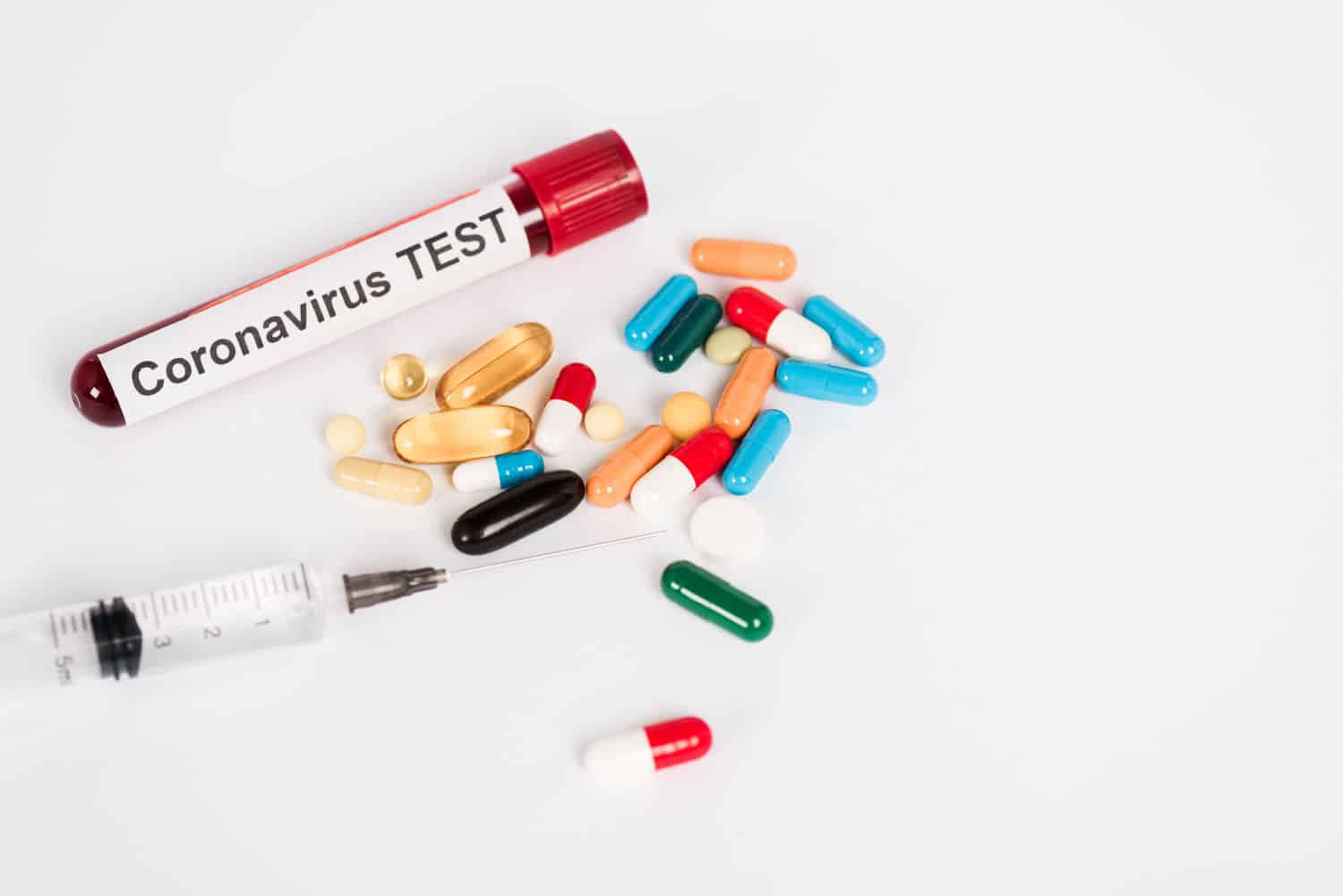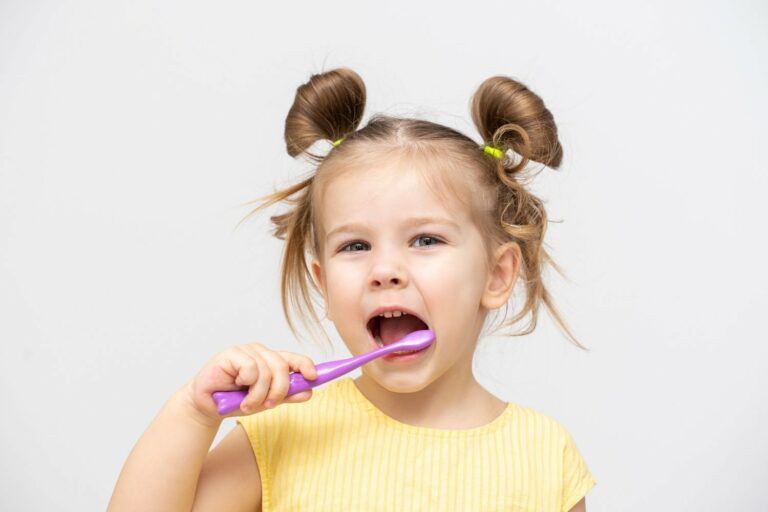OUCH, My Throat Hurts!
Lantana Pediatrics
If you have a school-aged child, you’ve most likely taken him or her to see your local pediatrician for a sore throat. You may or may not have been prescribed antibiotics based on what was diagnosed at the visit. The two most common diagnoses are either bacterial or viral pharyngitis (throat infection). Viral pharyngitis is usually accompanied by other symptoms of the common cold such as runny nose, cough, congestion, and sometimes even fevers (>100.4F). If your child was not prescribed antibiotics, it was probably because they were exhibiting some of these symptoms. If these viral symptoms are not present, and there is a high fever or swollen or painful lymph nodes in the neck region, then the bacterial infection known as “strep throat” should be considered.
What is strep throat?
Strep throat is a bacterial throat infection caused by a type of bacteria called “group A Streptococcus.” While there are other types of Streptococcus (group C or G) that can cause throat infections, group A streptococcus is the infection of interest because it is known to cause complications, especially if it is not fully treated with antibiotics. Some of these complications include rheumatic fever, scarlet fever, kidney disease, and sepsis. The infection is spread by direct contact with respiratory droplets expelled during a sneeze or cough. Frequent hand washing when in direct contact with large groups of kids can help prevent infection.
If there is suspicion of strep throat in the clinic, your doctor may choose to perform a rapid strep test in the office with a quick throat swab. It results in about 5 minutes, and if it is positive, your child should be treated for strep throat with antibiotics. If the rapid test is negative, then your physician may choose to send off a throat culture to allow a lab to grow any bacteria that may be in the throat. If antibiotics are prescribed, it is important to complete the entire course and toss any extra away. Your child is considered contagious until they have completed 24 hours of antibiotics, after
which it is recommended to switch toothbrushes out.







